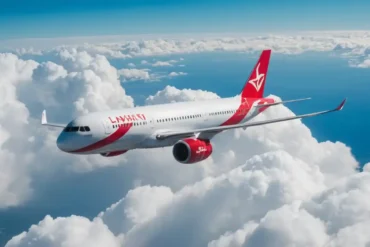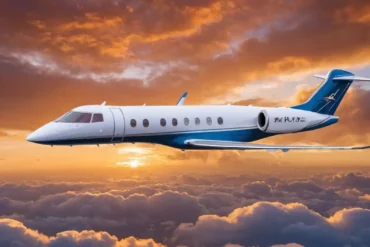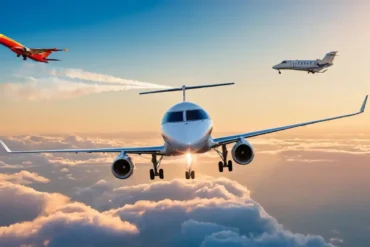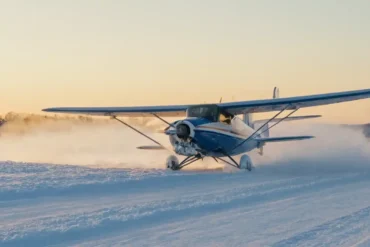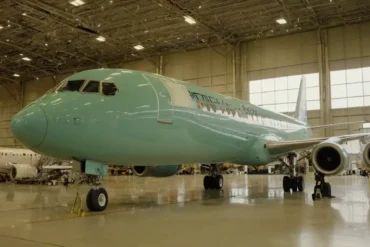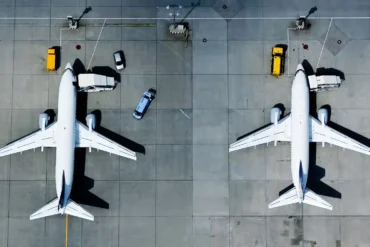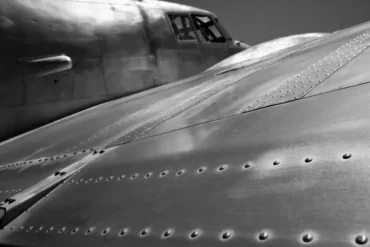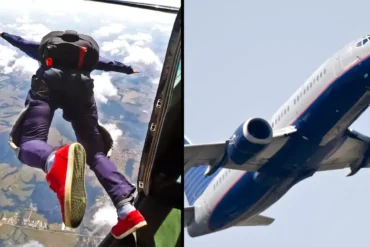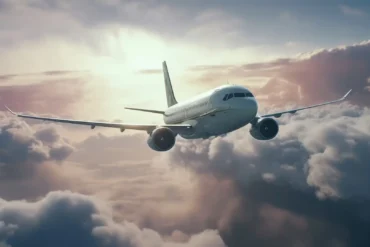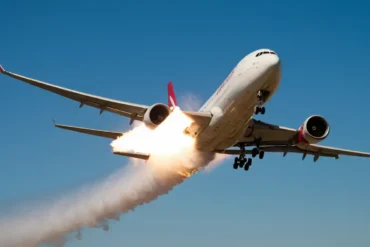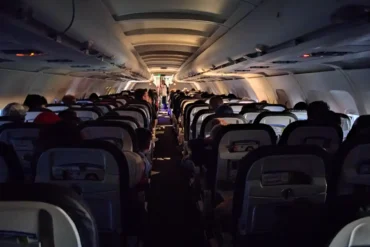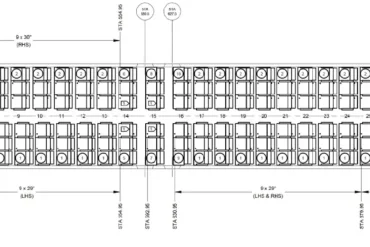It may seem surprising, but today’s passenger aircraft actually fly slower than older planes did back in the 1960s and 1970s. This raises questions for travelers and airplane fans about why this slowdown has happened despite ongoing advances in technology.
In the past, fast-flying planes like the Concorde and Boeing 747 were icons of speed. But the aviation industry made a deliberate shift away from focusing only on velocity. Instead, they opted for a more moderate approach to flying.
This change really picked up steam in the late 1900s, especially after the 1970s oil crisis drove fuel prices way up. Facing much higher costs, airlines had to find fuel-efficient strategies. That led to gradually slower cruising speeds across the industry.
For example, the 1960s Boeing 707 jet flew at around 600 mph. But today’s Boeing 787 Dreamliner flies at around 560 mph. While not a huge drop in speed, it adds up to big fuel savings over long flights.
This move to slower flights has been an ongoing evolution over many decades. It’s been shaped by different factors influencing air travel.
Greater Fuel Efficiency and Cost Savings
Flying slower has become key for greater fuel efficiency. With jet fuel costs climbing, airlines stay affordable by intentionally slowing down. Aircraft engineers have designed planes that are still aerodynamically efficient at lower speeds. This means less fuel is used without sacrificing safety or comfort.
Slower speeds directly reduce drag, which is the resistance pushing back on a plane moving through the air. Less drag substantially cuts fuel consumption, giving airlines major cost savings. Passengers benefit too, with potentially lower ticket prices. It’s a win-win situation.
Managing Congested Skies
The large number of flights nowadays leads to crowded skies. This requires air traffic controllers to carefully orchestrate complex movements to maintain safety. Slower speeds help them skillfully guide the busy ballet of planes, optimize routes, and prevent conflicts. Careful pacing is key for safe and efficient airspace as traffic increases.
In the past, supersonic aircraft like the Concorde wowed with their super fast journeys. But they were retired due to extremely high operating expenses, inefficient fuel use, and noise issues. Now companies like Boom Supersonic and Aerion are working on next-gen supersonic designs to transform air transportation. While faster speeds could return someday, most passenger aircraft today embrace a more moderate pace.
Supporting Greener Skies
Growing worries about climate change and carbon emissions have also driven slower flying. Airlines want to shrink their environmental impact. Flying slower improves fuel efficiency and lowers overall greenhouse gases from aircraft. This eco-friendly tactic resonates with travelers prioritizing sustainability.
Reaching New Heights, Measured Speed
Today’s planes climb higher than older ones thanks to:
- More fuel-efficient engines easily propelling them to greater altitudes.
- Aerodynamic advantage from thinner air at altitude, reducing drag and fuel needs.
- Smoother air up high means less turbulence for better comfort.
- Higher altitudes allow efficient routing to reduce traffic and leverage helpful tailwinds during long flights.
But planes can only cruise so high due to factors like air pressure, oxygen, and temperature. Most flights are between 30,000 and 40,000 feet up, typically around 35,000 feet.
Trading Speed for Progress
While the appeal of velocity gives way to fuel efficiency, the commitment to passenger well-being and safety remains strong. Cost-saving innovations benefit airlines and travelers, keeping air travel an affordable and attractive transportation choice.
Today’s planes may climb higher but fly slower routes, reflecting necessary adjustments in aviation. But with continuing advances in supersonic technology, the future may bring fast flight that balances speed, efficiency, and eco-friendliness.

